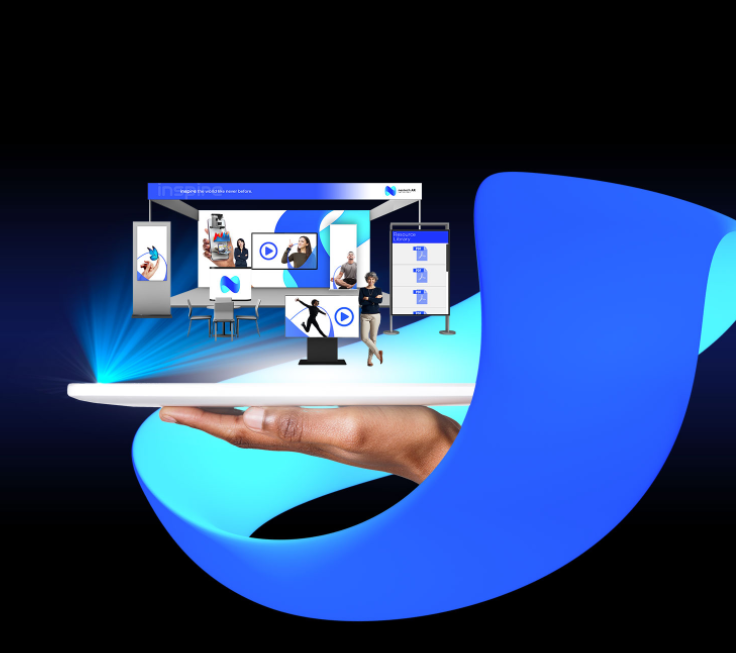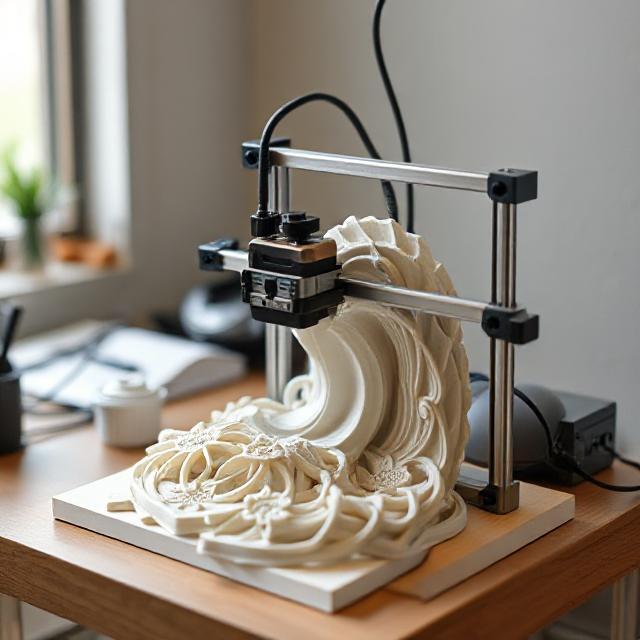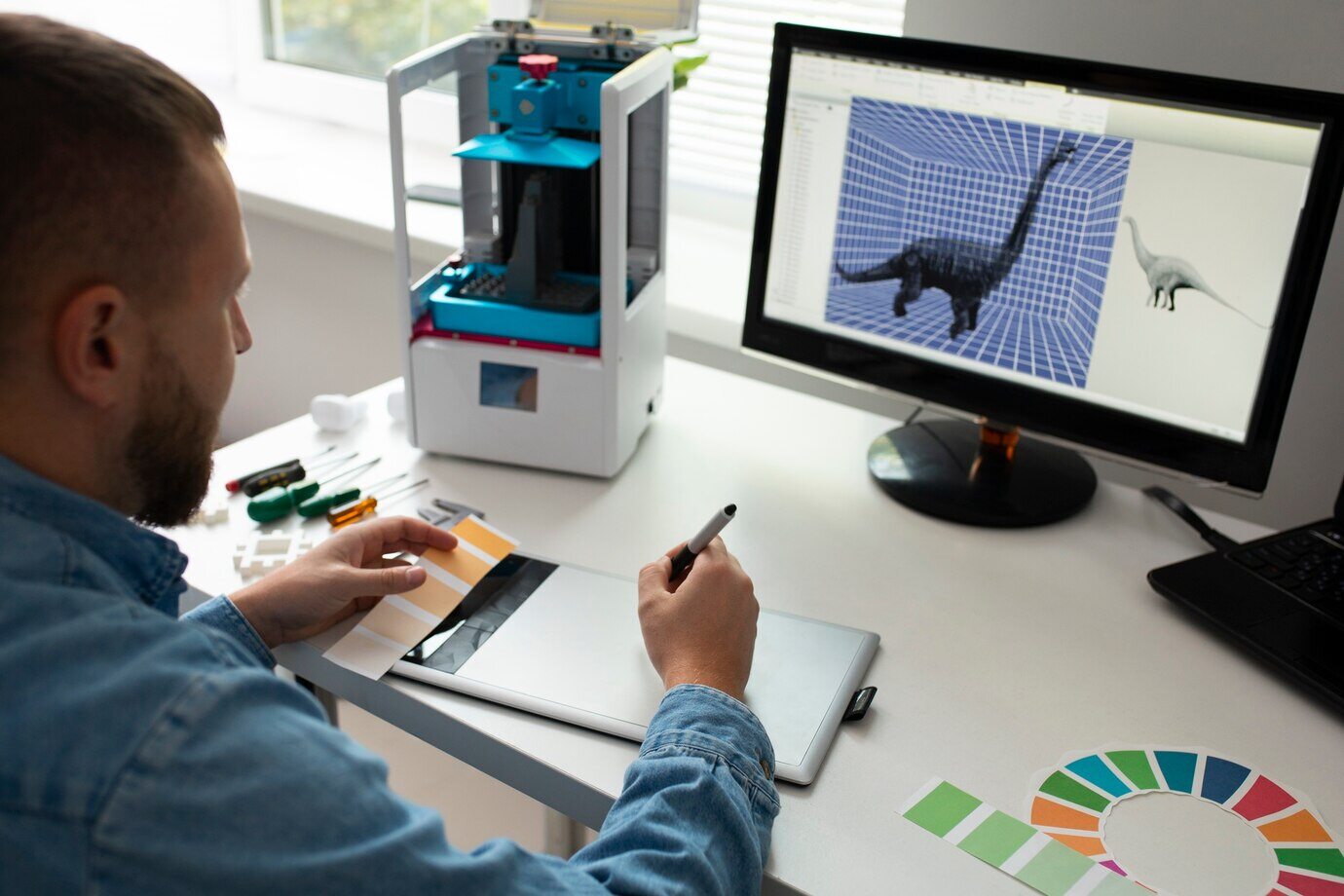In today’s digital marketplace, businesses must adapt to new technologies to stay competitive. One of the most significant shifts in eCommerce and product marketing is the transition from traditional product photography to 3D product models.
These highly detailed, interactive digital representations of products offer numerous advantages over static images, making them the preferred choice for brands aiming to enhance customer experience and boost sales.
The Challenges Of Traditional Photography
Traditional product photography has long been a staple in marketing, but it comes with several challenges. Businesses must invest in professional photographers, expensive equipment, and controlled studio environments to capture high-quality images.
Additionally, every product variation—whether in size, color, or texture—requires separate photography sessions, adding to costs and time constraints.
Another significant limitation is the lack of interactivity. Customers browsing online stores rely on multiple static images to gauge a product’s features.
Even with multiple angles, these images may not provide a complete sense of scale, texture, or usability. This can lead to uncertainty, hesitation in purchasing decisions, and an increase in product returns due to unmet expectations.
The Rise Of 3D Product Models
3D product models solve many of the issues associated with traditional photography.
These digital representations allow customers to view products from every angle, zoom in for close-up details, and even interact with features such as material changes, lighting adjustments, and augmented reality applications.
The ability to rotate and manipulate a product virtually provides a more comprehensive shopping experience that closely mimics in-store browsing.
Moreover, creating a single 3D model eliminates the need for multiple photography sessions. Variations in color, texture, or design can be applied digitally, saving businesses time and money.
Since these models exist in a digital format, they can also be easily integrated into websites, mobile applications, and social media platforms, ensuring a dynamic and engaging customer experience.
Enhanced Customer Engagement And Conversion Rates
Interactive 3D models have been proven to increase customer engagement and confidence in purchasing decisions.
Studies show that products showcased in a 3D format lead to higher conversion rates because customers feel more informed and assured about their purchases.
The immersive nature of 3D models reduces the likelihood of returns, as shoppers gain a clearer understanding of what they are buying.
Augmented reality takes this experience one step further. With AR, customers can virtually place a product in their environment before buying.
For example, furniture retailers allow shoppers to see how a couch fits within their living space, and fashion brands offer virtual try-ons for accessories and clothing.
This level of interaction was never possible with traditional photography and is revolutionizing how consumers make online purchases.
Cost-Effective And Scalable Solutions For Businesses
While the initial investment in 3D modeling may seem higher than a single photography session, it quickly becomes a cost-effective solution in the long run.
Unlike traditional photography, which requires new shoots for every product update, 3D models can be modified and reused without additional costs. This scalability benefits businesses with large inventories or frequently changing product lines.
Additionally, 3D models can be used across multiple marketing channels without degradation in quality.
Whether for eCommerce websites, virtual catalogs, advertising campaigns, or AR applications, the adaptability of digital models ensures consistent branding and high-quality visual representation across all platforms.
How Nextech Can Help
For businesses looking to make the transition to 3D product modeling, Nextech offers cutting-edge solutions tailored to a variety of industries.
From eCommerce brands to manufacturers, Nextech3D provides high-fidelity 3D modeling services that bring products to life in the digital space.
Their expertise in AR integration further enhances the customer experience, allowing businesses to provide interactive and immersive shopping experiences that drive conversions.
By leveraging Nextech3D’s innovative 3D modeling technology, companies can reduce costs associated with traditional photography, improve product visualization, and create a more engaging shopping journey.
Whether it’s for online retail, digital marketing, or AR-enhanced applications, Nextech3D helps businesses stay ahead in an increasingly competitive marketplace.
The Future Of Product Visualization
The shift from traditional product photography to 3D modeling is not just a trend—it’s the future of online shopping. As technology continues to advance, customers will expect more interactive and immersive experiences.
Businesses that embrace 3D product modeling now will position themselves as industry leaders, offering superior product representation and enhancing customer satisfaction.
With the advantages of cost savings, improved engagement, and higher conversion rates, it’s clear why 3D product models are becoming the preferred choice for businesses worldwide.
As companies like Nextech3D continue to push the boundaries of innovation, the digital shopping experience will only become more dynamic and rewarding for consumers and brands alike.







